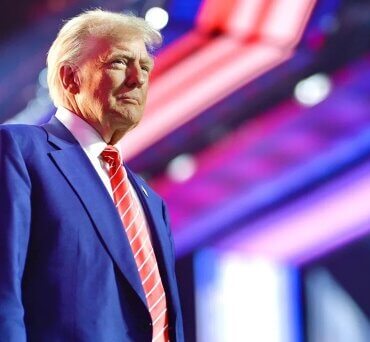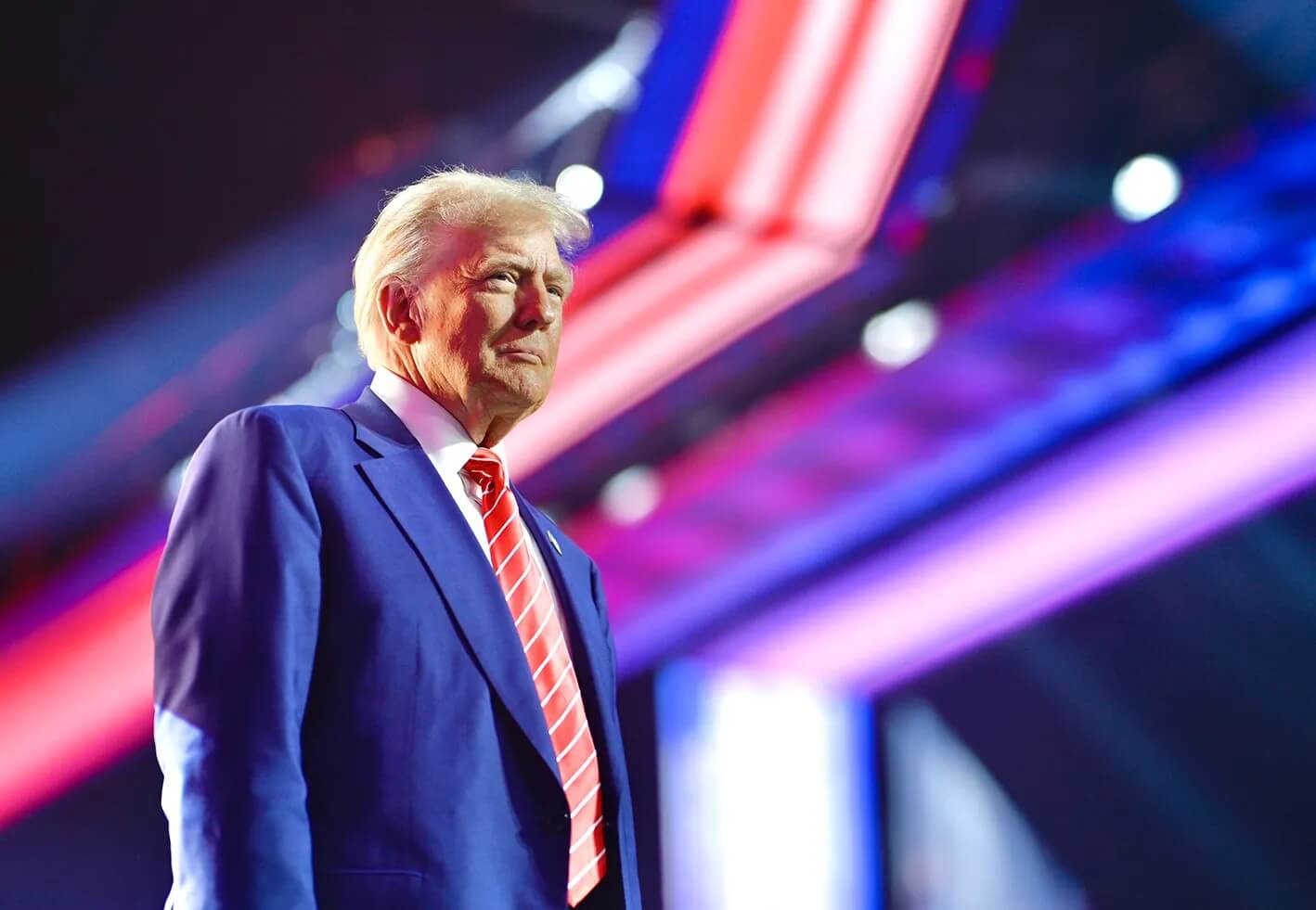
Donald Trump
Trump’s latest round of tariffs took effect on August 7. They are not just the most widespread tariffs of his second administration, they take the average US tariff to the highest level since the 1930s. High US tariffs in the 1930s didn’t lead to a booming US economy – quite the opposite. They are unlikely to lead to a booming US econony this time either.

Peter Nicholl
Tariffs have been imposed on more than 90 countries. They range from 10 per cent for the UK to a whopping 50 per cent on India. New Zealand’s exports to the US have been hit with a 15 per cent tariff. The average US tariff in August, 2025 is 18.6 per cent, compared to less than three per cent at the end of last year.
Our exports to the US in the last year totalled $15 billion, around 21 per cent of our total exports. The US has just passed Australia to become our second biggest export market after China. It probably won’t keep that second place for long because of the tariffs. The main items New Zealand exports to US are meat (beef and sheep), wine, milk constituents and casein – all agricultural products.
Most of them are likely to be price-sensitive. However, most of our export competitors to the US face similar tariffs so the impact on volumes may not be too severe.
The US Congressional Budget Office (CBO) estimated that the increased tariff revenue could reduce the US Government’s borrowing requirement over the next 10 years by US$2.5 trillion. That sounds impressive. But there are some very large offests that swamp this figure.
First, the additional tariff revenue will be more than offset by the impact of the Trump Adminstration’s income tax cuts over the next decade.
Second, the large tariffs will almost certainly shrink the US economy relative to how it would perfrom without them and this will also reduce other tax revenue.
Third, because of the uncertainty about the price effects of the large US tariffs, the US Federal Reserve has held their official interest rate at the same level as in November 2024 at their last five meetings. In that period, the Reserve Bank of New Zealand has reduced its OCR by one per cent
If the Fed had done the same thing, the interest payments on the huge amount of US Government debt of US$37 trillion would fall by around US$4 billion over a decade – and that is substantially more than the forecast tariff revenue.
So the imposition of all these tariffs looks unlikely to make America ‘great’ again. But it is certainly succeeding in making America ‘grate’ again. It is difficult for business-people to know how best to respond as they don’t know if the current level of US tariffs will last for long given the mercurial, indeed almost random, nature of Trump’s decision-making.
For example, India currently faces a higher tariff because it imports oil from Russia. Brazil faces a higher tariff because they are threatening to put one of Trump’s mates in jail. The Swiss are facing a higher tariff because they are ‘stealing’ from the US. It is a very odd form of ‘stealing’. The Swiss are actually sending their goods to the US for Americans to consume and taking US dollars
in return.
We will have to hope that New Zealand doesn’t do or say anything to get Trump’s attention.

Donald Trump: tariffs








